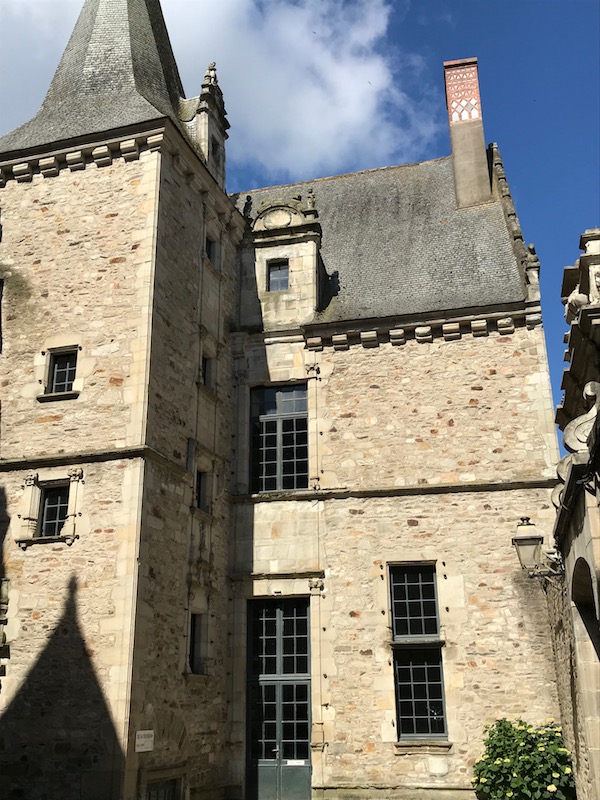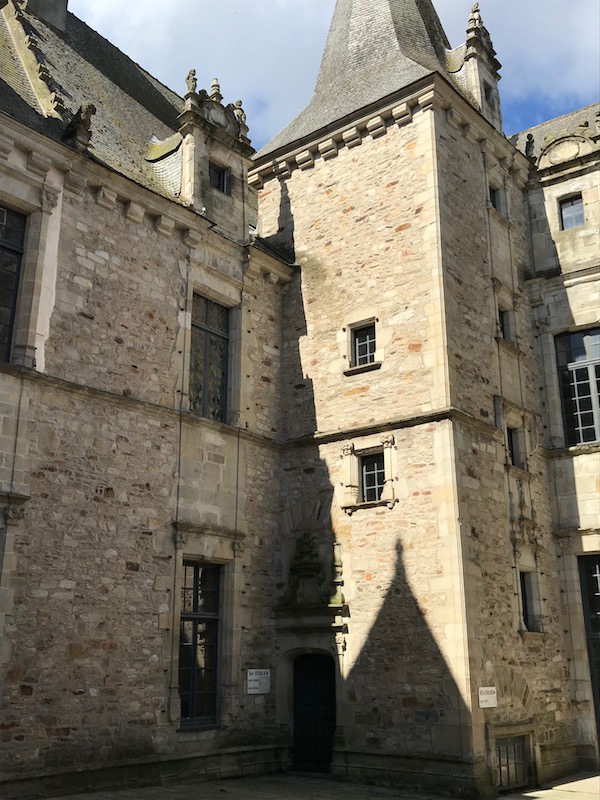Our Blog - Vitré, France
There's still a feel of the Middle Ages in the small medieval walled town, formidable castle, tightly packed half timber houses remaining ramparts and dark alleyways of Vitré. It also has been around since the Roman times, and a Roman road between Rennes and Le Mans passed through here. Pottery from the 2nd century and coins from the time of Roman Emperor Constantius II have been found. This is another one of the little towns that are listed as one of the "Plus beaux Détours de France".
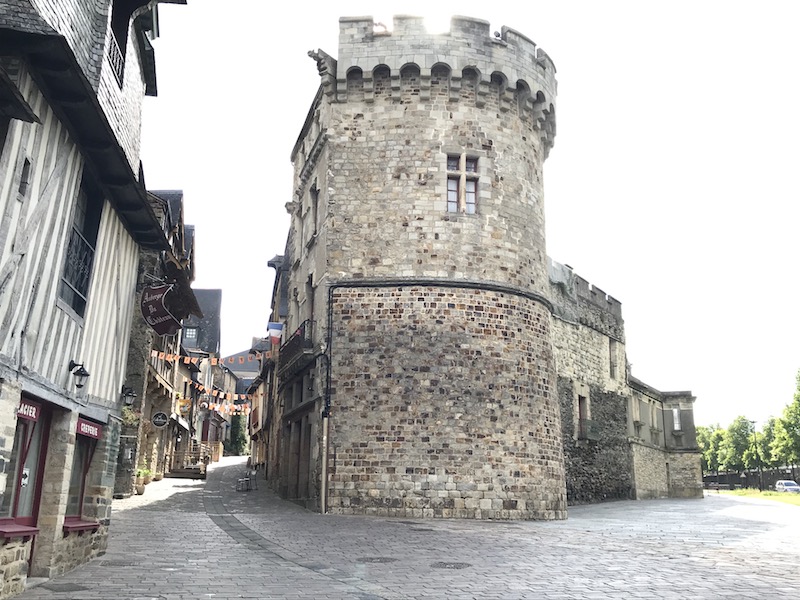

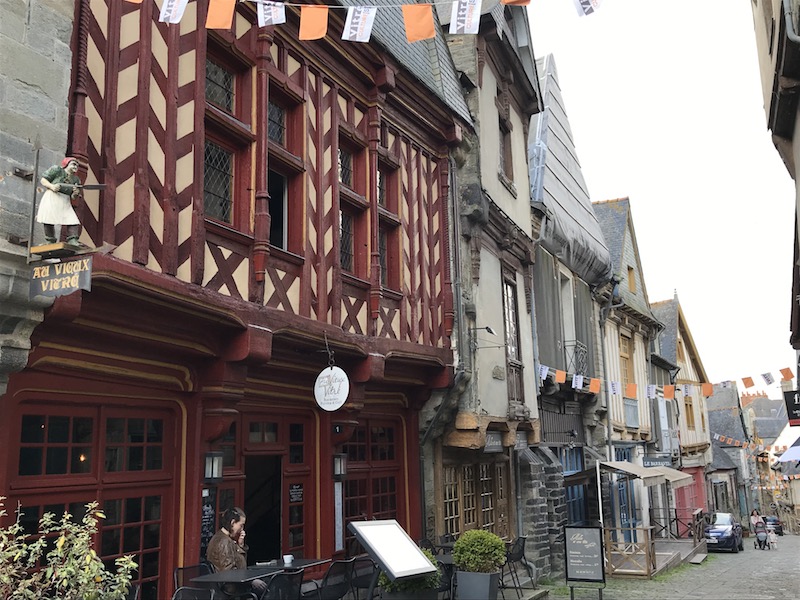
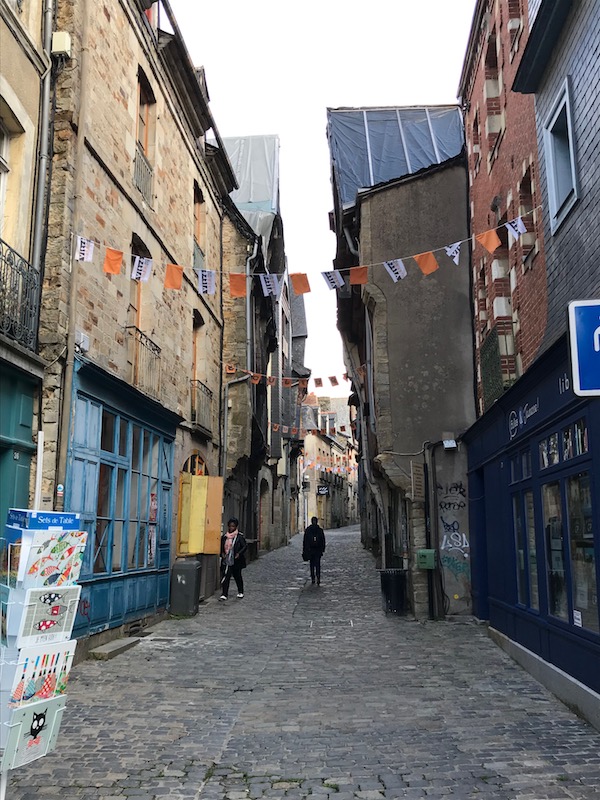

The first wooden castle was built here in around 1000 but burned many times and replaced by a new stone castle built in the end of the 11th century on a rocky promontory. The current Chateau de Vitré dates from the 14th and 15th centuries with an imposing triangular shape with fat, round towers. This proved to be one of the province's most successful fortresses as during the Hundred Years' War (1337–1453), the English repeatedly failed to take it. It looks exactly what you would think a castle would look like, complete with the moat and drawbridge.
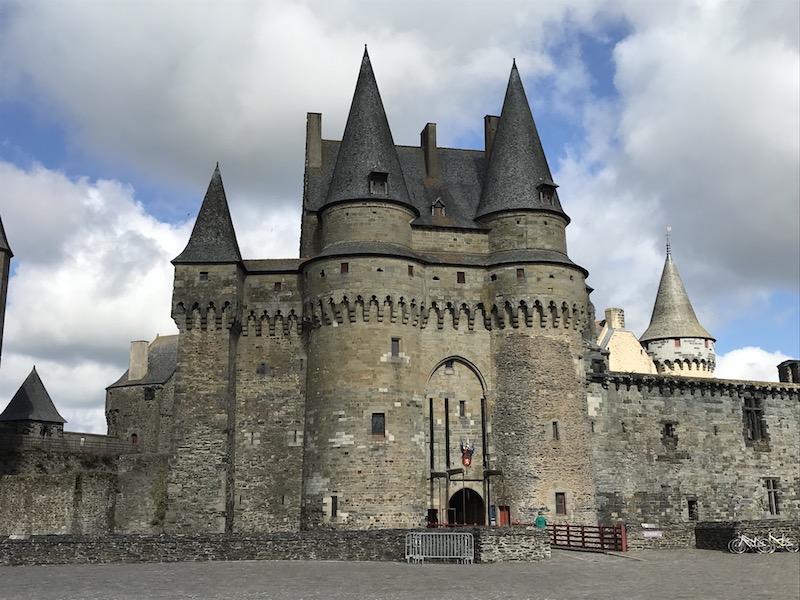
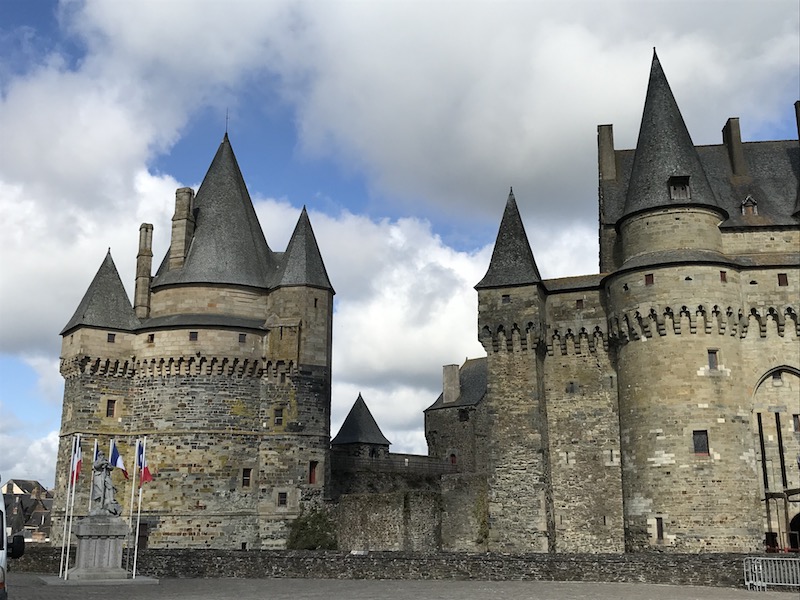
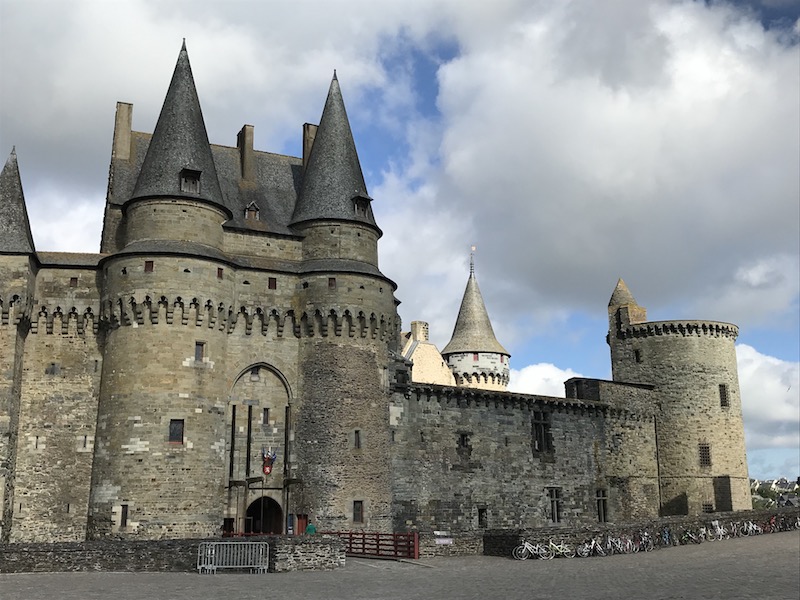
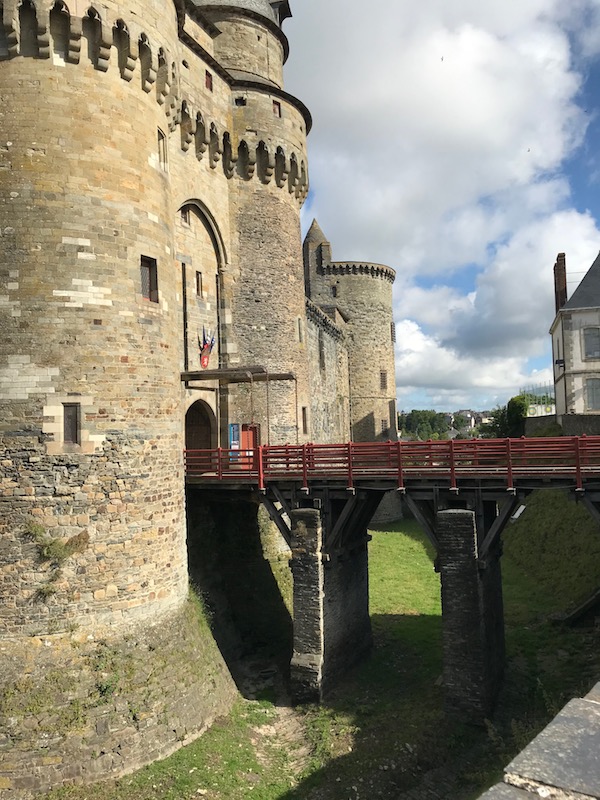
Inside is a little museum, where you can see various objects, including this highly-carved interior door from the 15th century.

This Renaissance fireplace mantel dates from 1583 and has a sculpted portrait of its owners, Lucas Royer and his wife.
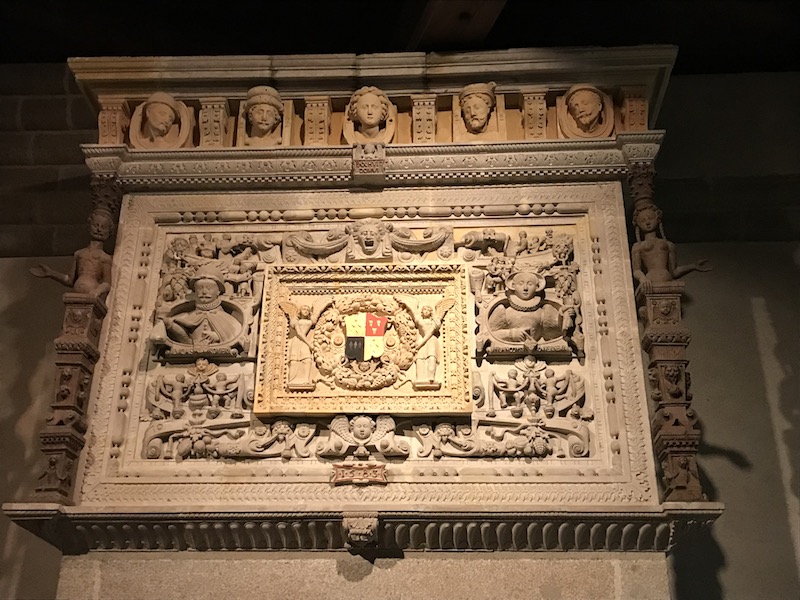
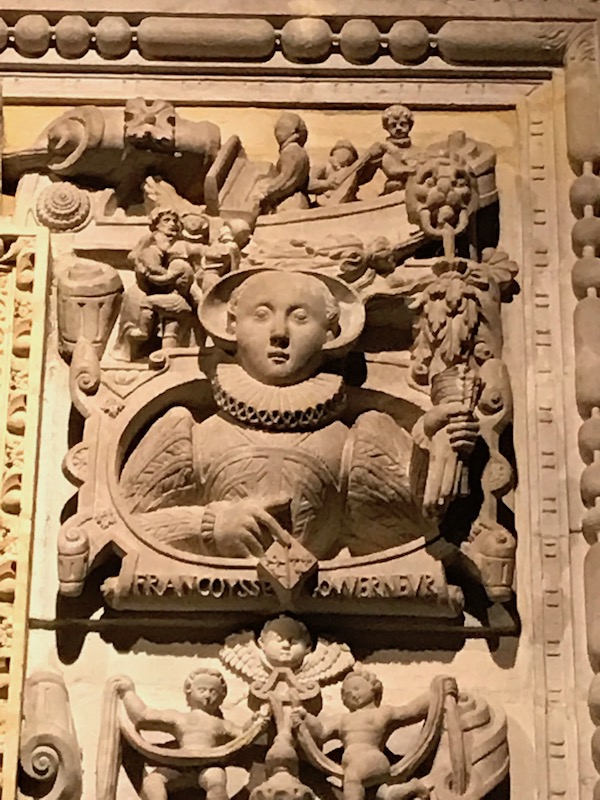
And like most castles, it had its own chapel with this enamel retable, which is a panel or set of panels with religious decor. In most cases, these are placed behind the altars. This one was created in 1544 and had 32 painted enamel plates representing the Life of Christ and the Virgin Mary. These two specific plates are Véronique wiping the face of Jesus and the entry of Jesus into Jerusalem.

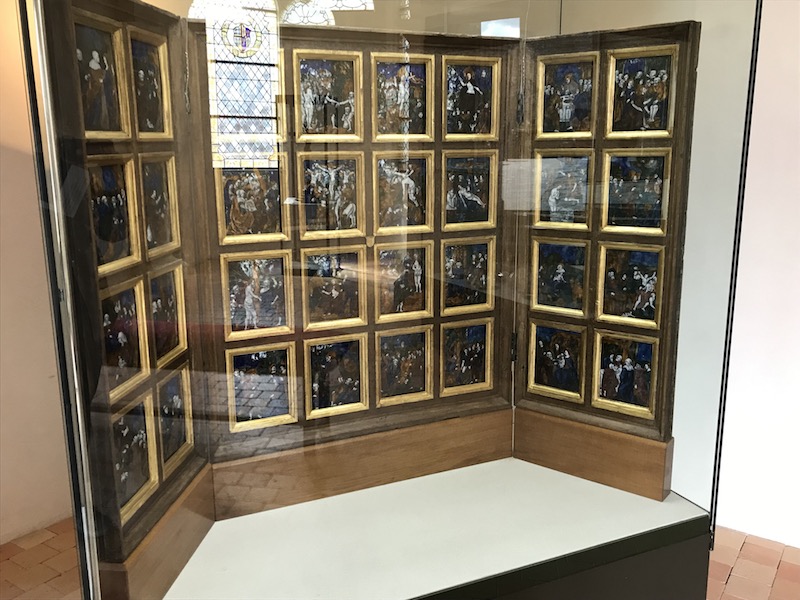

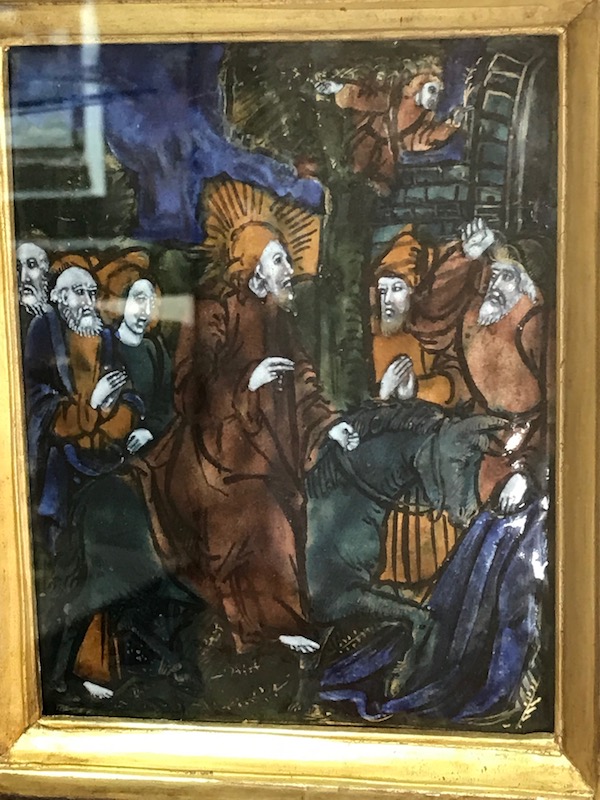
Notre Dame - The church of Notre-Dame, with its fine, pinnacled south front, was built in the 15th and 16th centuries. Gothic, although the western facade, which goes back to 1550, has more of a Renaissance style.


Notre-Dame de Vitré offers a most unusual plan for a Breton church. The nave is spread over six bays and is flanked by two collaterals serving six chapels to the north, five to the south and a sacristy.
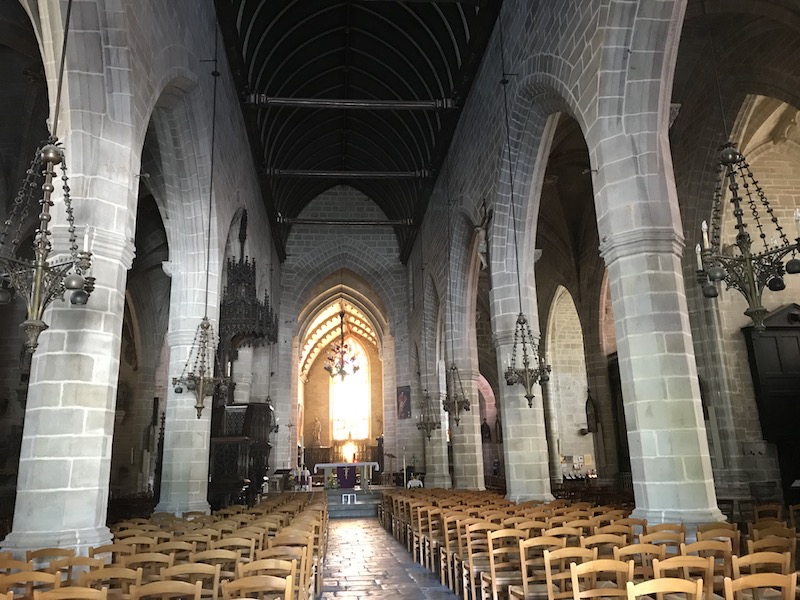
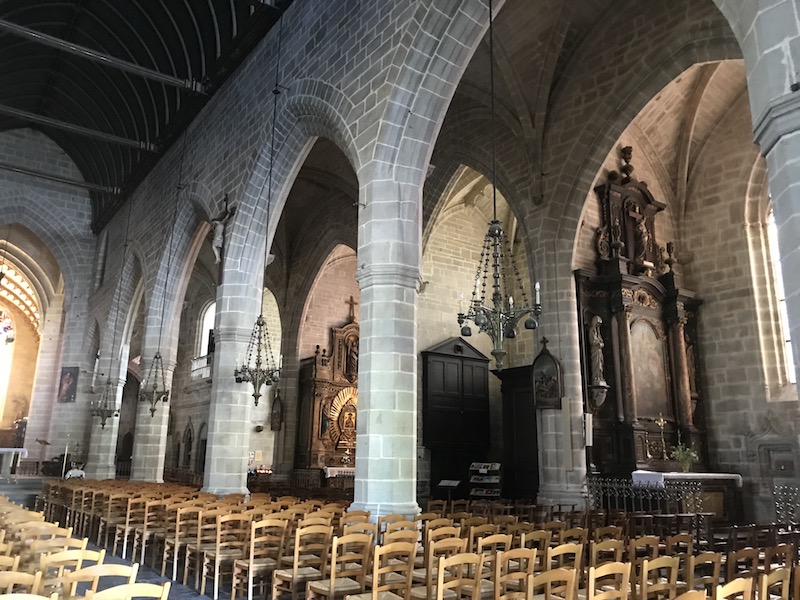
While there are 3 windows from the 15th century, most of the stained glass windows date from the 19th century, including these that were installed in the last half of the 19th century. They show (respectively) the Assumption, the Tree of Jesse, and the mysteries of the Rosary. The last picture, the Resurrection of Christ, dates from 1884.
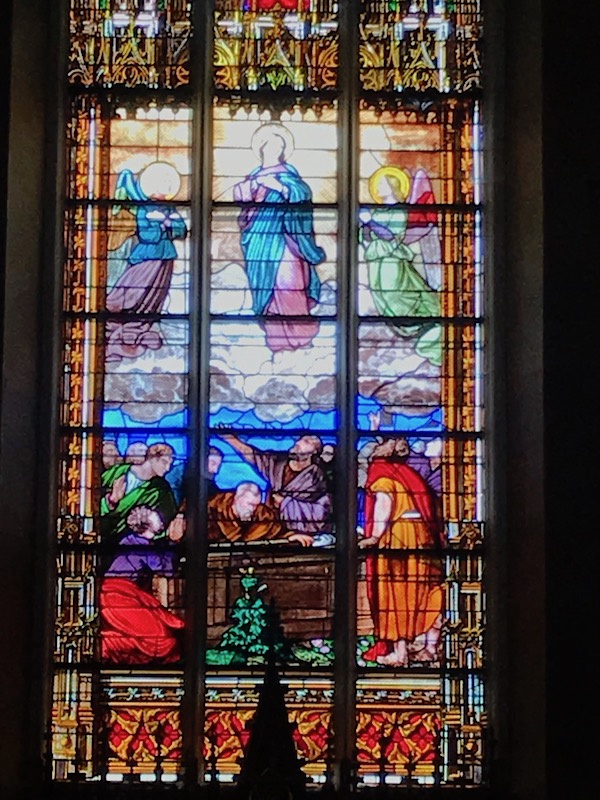
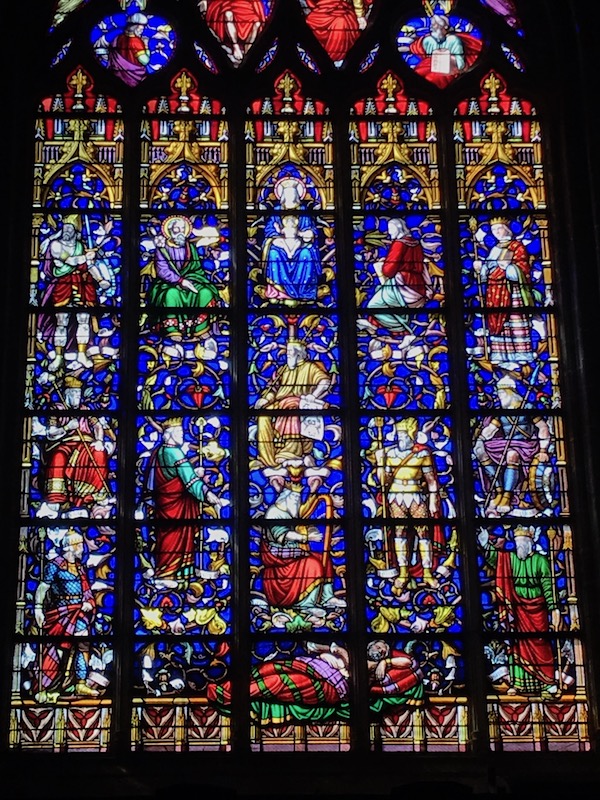


Here you can see a portion of the remparts between two towers. The remparts were built between the 13th and 17th centuries, with 15 towers and 3 gates. Some of the walls and towers were destroyed in the 19th century as the city began expanding and the city council wanted to connect the various neighborhoods together.

Another fragment of the town's medieval ramparts is the 15th-century Tour de la Bridole. The name "Bridole" is an old device used to bend the frames of hulls to make boats. It was built in the 13th century and improvements were made through the 15th century. In the 19th century, much of the area around it was torn down and the ditch around the ramparts filled in, leaving the tower with houses and apartments around it.

At the corner of Rue Poterie and Rue de Sévigné is the Maison d'Isle or the Island House, named because it is literally built on an "island" of land completely surrounded by streets. It is a very rare example of double corbelling, which means that each of the top 2 floors is built slightly more over the street than the floor below it. Rue Poterie also has the largest concentration of porch houses in the region and it was formerly called "the Rue des Grands Porches"
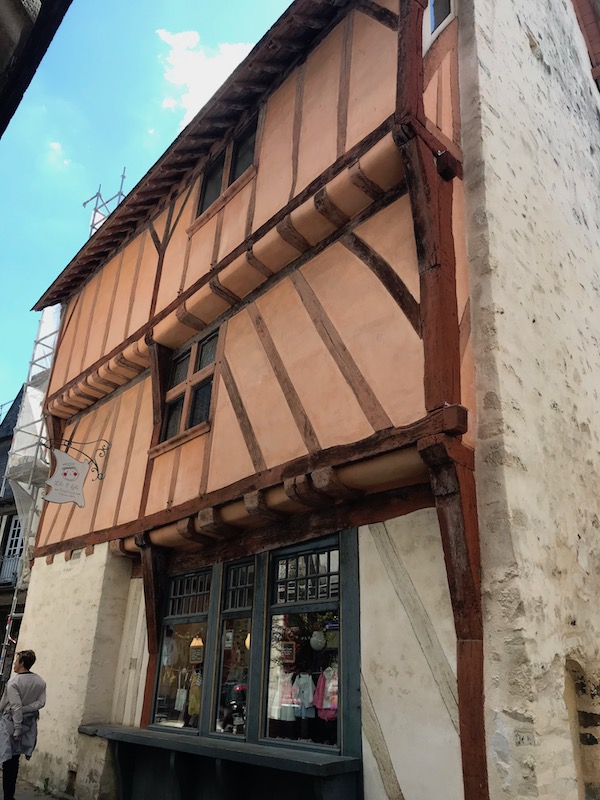
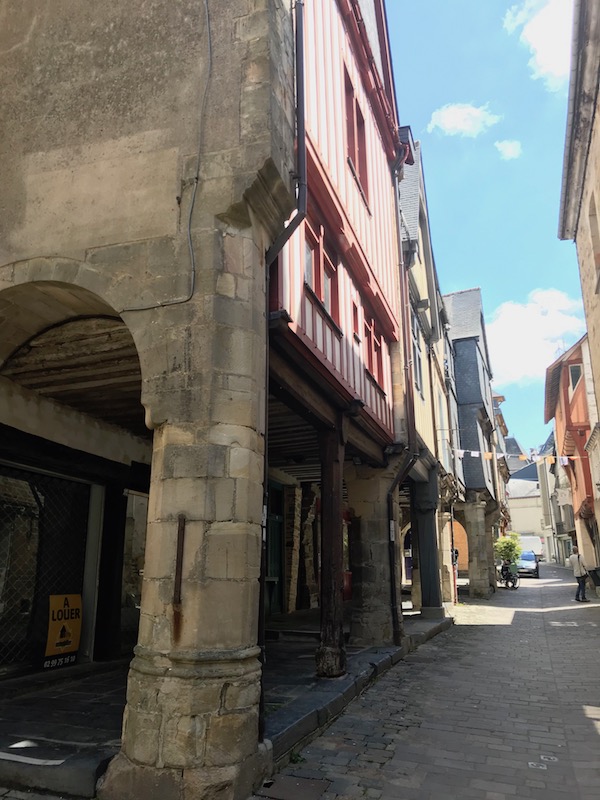
The oldest parts of the Hôtel Ringues de la Troussannais date from 1607. It was built by one of the towns most successful merchants who thought the house, designed like a lord's country home, would be a means of establishing himself.
